

Articles
How To Store Turmeric Root
Modified: August 27, 2024
Learn the best methods for storing turmeric root in this informative article. Keep your turmeric fresh and potent with these helpful tips and tricks.
(Many of the links in this article redirect to a specific reviewed product. Your purchase of these products through affiliate links helps to generate commission for Storables.com, at no extra cost. Learn more)
Introduction
Turmeric root is a vibrant yellow spice that is widely used in cooking and is known for its numerous health benefits. Its warm, earthy flavor adds depth to a variety of dishes, making it a staple ingredient in many cuisines around the world.
But what do you do when you have an excess of fresh turmeric root? How do you make sure it stays fresh and retains its flavor for as long as possible? In this article, we will explore the different methods for storing turmeric root to help you preserve its quality and maximize its shelf life.
Proper storage is crucial to keep your turmeric root from spoiling and losing its vibrant color and flavor. Whether you’ve grown your own turmeric or purchased it from the store, knowing how to store it correctly will ensure that you have a fresh supply whenever you need it.
In this article, we will cover the importance of storing turmeric root, as well as the proper harvesting and cleaning techniques. We will also delve into the various storage methods, such as refrigeration, freezing, and drying, and provide tips on how to maintain the quality of your stored turmeric root. By the end, you’ll have all the knowledge you need to store your turmeric root effectively and enjoy its benefits for an extended period of time.
Key Takeaways:
- Proper storage methods for turmeric root, such as refrigeration, freezing, and drying, can preserve its freshness and flavor, ensuring a ready supply for culinary adventures.
- Alternative storage options, like pickling and burying in sand, offer unique flavors and textures, allowing for experimentation and variety in turmeric root preservation.
Read more: How To Store Ginger And Turmeric
Why Store Turmeric Root?
There are several reasons why you might want to store turmeric root instead of using it all immediately. First and foremost, turmeric root has a limited shelf life, especially when it’s in its fresh form. Storing it properly can help extend its usability and ensure that you have a fresh supply on hand whenever you need it.
Another reason to store turmeric root is its availability. While turmeric powder is easily found in most grocery stores, fresh turmeric root can be more challenging to come by. By storing turmeric root, you can take advantage of seasonal availability or bulk purchases and have a ready supply whenever the need arises.
Furthermore, turmeric root contains natural compounds, such as curcumin, that contribute to its vibrant color and potent health benefits. By storing turmeric root properly, you can preserve these beneficial compounds for longer periods, ensuring that you get the maximum nutritional value when you consume it.
Lastly, storing turmeric root allows you to experiment with different cooking methods and recipes. You can freeze it for future use, dry it for powder preparation, or store it in other creative ways to have it readily available for culinary adventures.
Now that you understand the importance and benefits of storing turmeric root, let’s dive into the details of proper harvesting and cleaning techniques to ensure that your turmeric root is in its best condition before storing.
Proper Harvesting and Cleaning of Turmeric Root
Harvesting turmeric root involves careful timing and proper techniques to ensure optimal flavor and quality. Turmeric plants typically take around 7 to 10 months to mature, so it’s important to wait until the right time to harvest.
To determine if your turmeric root is ready for harvesting, look for the following signs:
- The leaves start to turn yellow or brown.
- The stems become dry and brittle.
- The plant’s growth begins to slow down.
Once you’ve determined that your turmeric root is ready for harvest, you can begin the harvesting process. Start by gently digging around the base of the plant to loosen the soil. Carefully lift the plant out of the ground, making sure not to damage the rhizomes (the underground stems that produce the turmeric root).
Next, separate the rhizomes from the plant by cutting off the foliage and roots. Be careful not to bruise or damage the rhizomes during this process, as it can affect their quality and flavor.
After harvesting, it’s essential to clean the turmeric root thoroughly to remove any dirt, debris, or pests. Start by rinsing the rhizomes under cold water to remove loose soil. Use a soft brush to gently scrub away any stubborn dirt or residue.
Some people prefer to soak the freshly harvested turmeric root in a bucket of water for about 15 minutes to loosen any remaining dirt. However, be careful not to soak the roots for too long, as it can lead to waterlogged rhizomes.
Once the turmeric root is clean, pat it dry with a clean towel or paper towel. Avoid rubbing the root vigorously, as this can damage its outer layer. Allow the turmeric root to air dry for a short period to ensure there is no moisture left on the surface.
Now that you have harvested and cleaned your turmeric root, it’s time to move on to the next step: choosing the right storage conditions to preserve its freshness and flavor.
Choosing the Right Storage Conditions for Turmeric Root
Proper storage conditions play a vital role in preserving the freshness, flavor, and nutritional value of turmeric root. To ensure that your turmeric root stays in optimal condition, it’s important to consider factors such as temperature, humidity, and exposure to light.
First and foremost, turmeric root should be stored in a cool and dry place. The ideal temperature for storing turmeric root is around 50 to 60°F (10 to 15°C). Avoid storing it in areas that are too hot or humid, as these conditions can promote mold growth and affect the quality of the root.
Humidity control is equally important when storing turmeric root. High humidity can cause the root to become soft and develop mold, while low humidity can lead to excessive drying and loss of flavor. Aim for a relative humidity level of around 50% to 60% to maintain the root’s quality.
Additionally, it’s crucial to protect turmeric root from direct exposure to light. Exposure to light can cause the root to lose its vibrant color and flavor over time. Store the root in a dark place or use opaque containers to shield it from light.
Another factor to consider is proper airflow. Turmeric root requires good ventilation to prevent the buildup of moisture, which can lead to spoilage. Avoid storing it in airtight containers or plastic bags that can trap moisture. Instead, opt for breathable storage options that allow for air circulation.
Lastly, it’s important to keep turmeric root away from strong-smelling foods or spices. Turmeric has a distinct aroma and can absorb strong odors easily. Store it separately or use airtight containers to prevent cross-contamination.
By choosing the right storage conditions for your turmeric root, you can ensure that it stays fresh and retains its flavor and nutritional properties for an extended period of time. In the next section, we will explore the best methods for storing turmeric root to help you make the most of your harvest or purchase.
Best Methods for Storing Turmeric Root
When it comes to storing turmeric root, there are several methods to choose from, depending on your preferences and the availability of resources. Let’s explore some of the best methods for storing turmeric root to help you find the one that suits you best:
- Refrigeration: One of the simplest and most effective methods for storing turmeric root is in the refrigerator. Place the cleaned and dried turmeric root in a paper towel or perforated plastic bag to absorb excess moisture. Then, store it in the vegetable compartment or the coldest part of your refrigerator. This method can help extend the shelf life of turmeric root for up to 2 to 3 weeks.
- Freezing: Freezing is a great option for long-term storage of turmeric root. Start by peeling and slicing the root into small pieces or grating it. Place the prepared turmeric in an airtight container or freezer bag, removing as much air as possible. Label the container with the date and store it in the freezer. Frozen turmeric root can last for up to 6 months. When needed, simply thaw the desired amount and use it in your recipes.
- Drying: Drying turmeric root is another popular method for storing it in powder form, which can be used in various dishes. Slice the cleaned and dried turmeric root into thin strips or grate it. Spread the turmeric pieces in a single layer on a baking sheet or drying rack. Place them in a well-ventilated area with good air circulation, away from direct sunlight, and allow them to dry completely. Once dry, grind the turmeric pieces into a fine powder using a spice grinder or mortar and pestle. Store the turmeric powder in an airtight container.
- Pickling: Pickling turmeric root is a unique and flavorful option. Slice the cleaned and dried turmeric root into thin rounds or matchsticks. Prepare a brine solution using vinegar, water, salt, and preferred spices or herbs. Bring the brine to a boil, then remove it from the heat and let it cool slightly. Pack the turmeric slices into sterilized jars and pour the cooled brine over them. Seal the jars tightly and store them in a cool, dark place. Allow the turmeric to pickle for a few weeks before using it in your recipes.
- Other storage options: If you have limited space or prefer alternative methods, you can also store turmeric root by burying it in sand or storing it in airtight containers with rice grains. These methods can help preserve the root’s freshness and flavor.
Choose the storage method that suits your needs and preferences. Remember to label and date your storage containers to keep track of the freshness of your turmeric root. In the next sections, we will discuss the specifics of each storage method to help you store turmeric root with precision.
Read more: How To Store Turmeric Powder
Storing Turmeric Root in the Refrigerator
Refrigeration is a simple and effective method for storing turmeric root and extending its shelf life. Follow the steps below to store turmeric root in the refrigerator:
- Start by thoroughly cleaning and drying the turmeric root. Remove any dirt or debris and make sure it is completely dry.
- Wrap the turmeric root in a paper towel to absorb excess moisture. Alternatively, you can place it in a perforated plastic bag.
- Store the wrapped turmeric root in the vegetable compartment or the coldest part of your refrigerator. This helps maintain a stable temperature and prevents the root from drying out.
- Make sure the turmeric root is not in direct contact with other vegetables or fruits, as they can cause moisture or odor transfer.
- Check the turmeric root periodically for any signs of spoilage, such as mold or softness. If you notice any issues, remove the affected parts or discard the root if necessary.
When stored in the refrigerator, turmeric root can typically last for about 2 to 3 weeks. However, it’s important to note that the quality may start to deteriorate over time. To get the most out of your stored turmeric root, try to use it within the first week or two.
Remember to replenish the paper towel or replace the plastic bag if it becomes damp or soiled. This helps maintain the proper moisture level and prevents the root from becoming waterlogged.
Storing turmeric root in the refrigerator allows you to have a fresh supply readily available whenever you need it. Now, let’s explore another method for storing turmeric root: freezing.
Store turmeric root in a cool, dry place away from direct sunlight. You can also wrap it in a paper towel and place it in a plastic bag in the refrigerator to extend its shelf life.
Freezing Turmeric Root
Freezing is a great method for long-term storage of turmeric root, allowing you to preserve its freshness and flavor for several months. Follow the steps below to freeze turmeric root:
- Start by cleaning the turmeric root thoroughly, removing any dirt or debris. Pat it dry with a clean towel to remove excess moisture.
- Peel the turmeric root using a vegetable peeler or the edge of a spoon. Removing the outer skin will make it easier to use the root when it’s frozen.
- Decide how you want to store the turmeric root. You can either slice it into small pieces or grate it using a box grater. Choose the option that best suits your cooking needs.
- Place the prepared turmeric root in an airtight freezer bag or container. Remove as much air as possible before sealing it to prevent freezer burn.
- Label the bag or container with the date and contents for future reference.
- Store the turmeric root in the freezer at a temperature below 0°F (-18°C). This will ensure that it stays properly frozen and maintains its quality.
When you’re ready to use the frozen turmeric root, you can take out the desired amount and thaw it. There are a few different methods for thawing frozen turmeric root:
- Thaw in the refrigerator overnight: Simply transfer the frozen turmeric root from the freezer to the refrigerator and allow it to thaw overnight. This slow thawing method helps maintain its texture and flavor.
- Thaw at room temperature: If you’re in a hurry, you can also thaw the turmeric root at room temperature. Place the frozen pieces on a plate or cutting board and let them sit until they reach room temperature.
- Thaw using cold water: If you need to thaw it quickly, you can place the frozen turmeric root in a sealed plastic bag and submerge it in cold water. Change the water every 30 minutes until the turmeric root has thawed.
Once thawed, the turmeric root may become slightly softer than its fresh form, but it will still retain its flavor and aroma. Use the thawed turmeric root in your recipes as you would with fresh turmeric. If you have any leftovers, you can refreeze them, although the texture may deteriorate slightly after multiple freeze-thaw cycles.
Freezing turmeric root is a convenient method for preserving its freshness and ensuring that you have a steady supply on hand. However, if you prefer a different storage method, such as drying, we’ll explore that option in the next section.
Drying Turmeric Root for Long-Term Storage
Drying turmeric root is a popular method for long-term storage, allowing you to have turmeric powder readily available for use in various recipes. Here’s how you can dry turmeric root:
- Start by thoroughly cleaning the turmeric root, removing any dirt or debris. Pat it dry with a clean towel to remove excess moisture.
- Peel the turmeric root using a vegetable peeler or the edge of a spoon to remove the outer skin. This will make it easier to dry and grind the root.
- Decide how you want to dry the turmeric root. You can either slice it into thin strips or grate it into small pieces. The choice depends on your preferred method and the tools available.
- If you’re slicing the root, spread the turmeric pieces in a single layer on a baking sheet or drying rack. For grated turmeric, spread it evenly on a drying screen or dehydrator tray.
- Place the turmeric root in a well-ventilated area with good air circulation. Avoid direct sunlight, as it can cause the turmeric to lose its color and flavor. You can also use a food dehydrator set to a low temperature if you have one.
- Allow the turmeric root to dry completely. The drying process can take anywhere from a few days to a week, depending on the environment and thickness of the pieces. The root should be brittle and break easily when fully dried.
- Once the turmeric root is dry, grind it into a fine powder using a spice grinder, mortar and pestle, or a food processor. Store the turmeric powder in an airtight container away from light and moisture.
Dried turmeric root can be stored for a year or longer if properly stored in a cool, dark place. The powder can be used in various dishes, adding flavor and vibrant color to your culinary creations.
When using dried turmeric powder in your recipes, remember that it is much more potent than fresh turmeric. Start with smaller amounts and adjust according to taste. You can add it directly to your dishes, such as soups, curries, marinades, or smoothies, or use it as a spice rub for meats and vegetables.
Drying turmeric root is an excellent option for long-term storage, particularly if you enjoy the convenience of turmeric powder in your cooking. However, if you prefer alternative storage methods, such as pickling or burying in sand, we’ll discuss those options in the next sections.
Other Storage Options for Turmeric Root
In addition to refrigeration, freezing, and drying, there are a few other storage options to consider for turmeric root. These methods can offer unique flavors and textures, allowing you to experiment with different preservation techniques. Here are a few alternative storage options for turmeric root:
- Pickling: Pickling turmeric root infuses it with tangy flavors and extends its shelf life. Slice the cleaned and dried turmeric root into thin rounds or matchsticks. Prepare a brine solution using vinegar, water, salt, and your preferred spices or herbs. Bring the brine to a boil, then remove it from the heat and let it cool slightly. Pack the turmeric slices into sterilized jars and pour the cooled brine over them. Seal the jars tightly and store them in a cool, dark place. The pickled turmeric root will develop a unique taste over time and can be used as a condiment or added to salads and sandwiches.
- Burying in Sand: Burying turmeric root in sand is a traditional method used to store it for long periods. Start by cleaning and drying the turmeric root thoroughly. Prepare a box or container filled with clean sand. Place the turmeric root in the sand, making sure it is completely submerged. Store the container in a cool, dry place, such as a basement or cellar. The sand provides insulation and helps maintain a consistent temperature and humidity level, keeping the turmeric root fresh. Simply dig out the turmeric root as needed for use.
- Storing in Rice: Another traditional method for storing turmeric root involves storing it in rice grains. Clean and dry the turmeric root, then place it in an airtight container or jar with uncooked rice. Make sure the turmeric root is completely covered by the rice, and seal the container tightly. The rice helps absorb excess moisture and prevents the root from drying out. Store the container in a cool, dry place away from direct sunlight. To use the turmeric root, simply remove it from the rice and rinse off any grains before use.
These alternative storage methods can add unique flavors and textures to your turmeric root while keeping it fresh. Experiment with these methods to find the one that suits your taste preferences and available resources. Remember to check the stored turmeric root periodically for any signs of spoilage and discard any pieces that are soft or moldy.
Whichever storage method you choose, proper care and attention will ensure that your turmeric root remains flavorful and ready to enhance your culinary creations. In the next section, we will provide some tips for maintaining the quality of stored turmeric root.
Read more: How To Store Cilantro With Roots
Tips for Maintaining the Quality of Stored Turmeric Root
Proper storage techniques are essential for maintaining the quality of stored turmeric root. By following these tips, you can ensure that your turmeric root stays fresh, flavorful, and ready to use:
- Keep it clean and dry: Before storing turmeric root, make sure it is thoroughly cleaned and dried. Remove any dirt or debris and pat it dry with a clean towel. Excess moisture can lead to mold growth or spoilage, so it’s crucial to ensure the root is dry before storage.
- Avoid exposure to light: Light can cause turmeric root to lose its vibrant color and flavor. Store it in a dark place, away from direct sunlight. You can use opaque containers or wrap it in aluminum foil to shield it from light.
- Maintain proper humidity: Turmeric root is sensitive to humidity. Too much moisture can lead to rotting, while too little moisture can cause drying and loss of flavor. Aim for a relative humidity level of 50% to 60% to keep the root in optimal condition.
- Prevent cross-contamination: Turmeric root has a strong aroma and can easily absorb odors from other foods or spices. Store it separately or use airtight containers to prevent cross-contamination. This will help maintain the true flavor of the turmeric root.
- Check for spoilage: Regularly inspect the stored turmeric root for any signs of spoilage, such as mold growth, softness, or unpleasant odor. Remove any affected pieces immediately to prevent the spoilage from spreading to the rest of the root.
- Label and date your storage containers: It’s important to keep track of when the turmeric root was stored to ensure freshness. Label the containers or bags with the date of storage so that you can use the oldest roots first.
- Use an airtight container: When storing turmeric root, opt for airtight containers or bags that prevent exposure to air. This helps maintain the flavor and aroma of the root while minimizing the risk of moisture absorption.
- Store in small portions: If you plan to use turmeric root frequently, consider storing it in smaller portions. This way, you can take out only the amount you need, reducing the risk of exposing the entire supply to air and moisture.
By following these tips, you can prolong the freshness and quality of your stored turmeric root. Whether you choose to refrigerate, freeze, dry, pickle, bury, or store it in rice, proper storage techniques are key to ensuring you have a ready supply of flavorful turmeric root whenever you need it.
Now that you have a comprehensive understanding of storing turmeric root, you can confidently preserve its freshness and flavor. Experiment with different methods to find the one that suits your preferences and cooking needs. Enjoy the benefits of turmeric root in your culinary creations and harness its vibrant color and health-promoting properties!
How is this output?
Conclusion
Turmeric root is a versatile and beneficial spice that adds vibrant color and earthy flavor to a variety of dishes. Knowing how to properly store turmeric root can help you make the most of this valuable ingredient and ensure that it stays fresh and flavorful for as long as possible.
Refrigeration is a simple and effective method for short-term storage, allowing you to have a fresh supply of turmeric root readily available. The cool and dry conditions of the refrigerator help maintain its quality for up to 2 to 3 weeks. Freezing turmeric root is a great option for long-term storage, preserving its freshness for several months. Drying turmeric root and grinding it into powder offers convenience and versatility in usage.
Alternative methods, such as pickling, burying in sand, or storing in rice, provide unique flavors and textures while keeping the root fresh. These options allow you to experiment and add variety to your culinary endeavors.
Remember to maintain cleanliness, protect turmeric root from light and humidity, and check for any signs of spoilage regularly. Properly storing the turmeric root in airtight containers, labeling and dating them, and using smaller portions will help maintain its quality and freshness.
By implementing these storage methods and tips, you can ensure that your turmeric root remains at its best, preserving its vibrant color, distinct aroma, and health-promoting properties. Whether you choose to store it in the refrigerator, freezer, or through drying and other storage methods, having turmeric root on hand will enrich your culinary experiences and enhance your well-being.
So, make the most of this remarkable spice by storing turmeric root properly and enjoy its benefits in your everyday cooking. Experiment with different storage methods and savor the unique flavors that turmeric root adds to your favorite dishes. Get creative in the kitchen and let the wonders of this golden spice unfold!
Happy cooking and happy storing!
How is this output?
If you've mastered how to store turmeric root, why not delve deeper into keeping it fresh right from the start? Our guide on storing fresh turmeric offers invaluable insights to ensure your roots maintain their vitality from day one. For those with a broader interest in culinary preservation, our comprehensive overview on herb storage outlines the top strategies for 2024, ensuring all your herbs stay as lively and flavorful as possible.
Frequently Asked Questions about How To Store Turmeric Root
Was this page helpful?
At Storables.com, we guarantee accurate and reliable information. Our content, validated by Expert Board Contributors, is crafted following stringent Editorial Policies. We're committed to providing you with well-researched, expert-backed insights for all your informational needs.
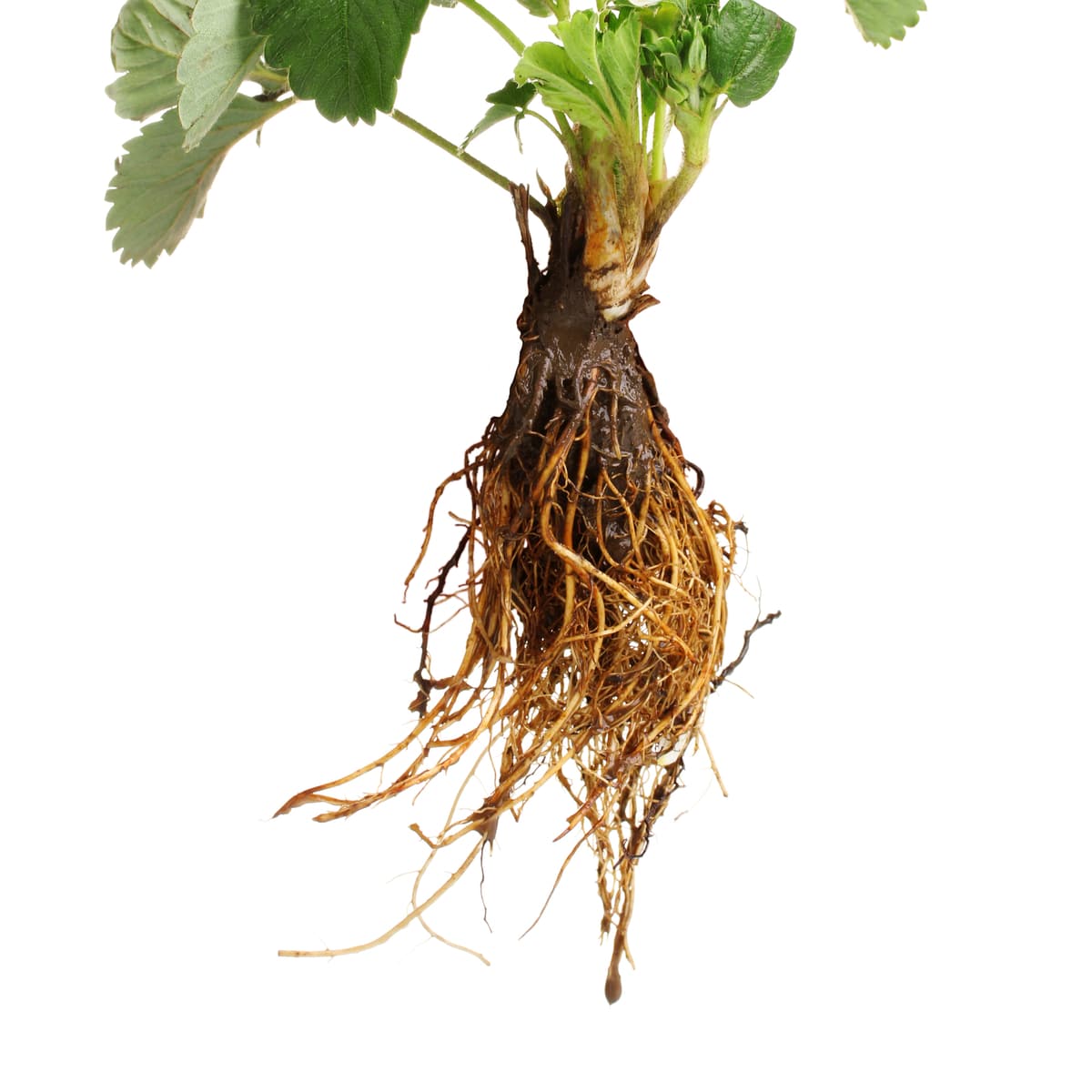

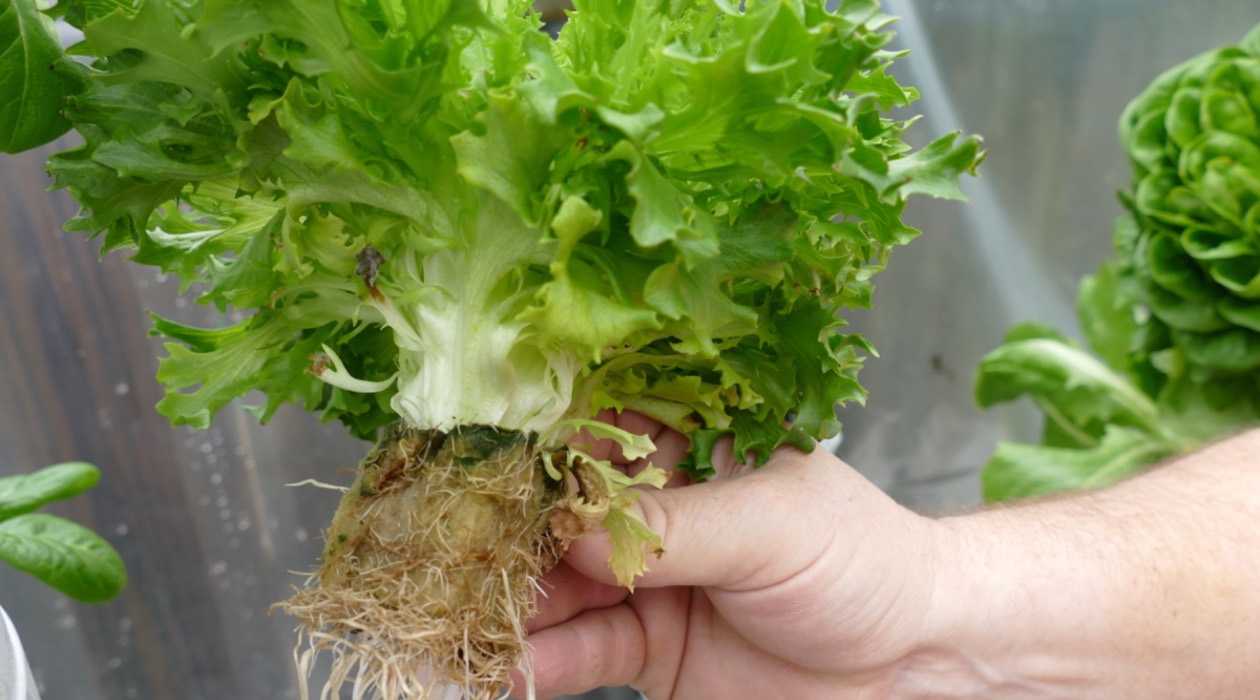
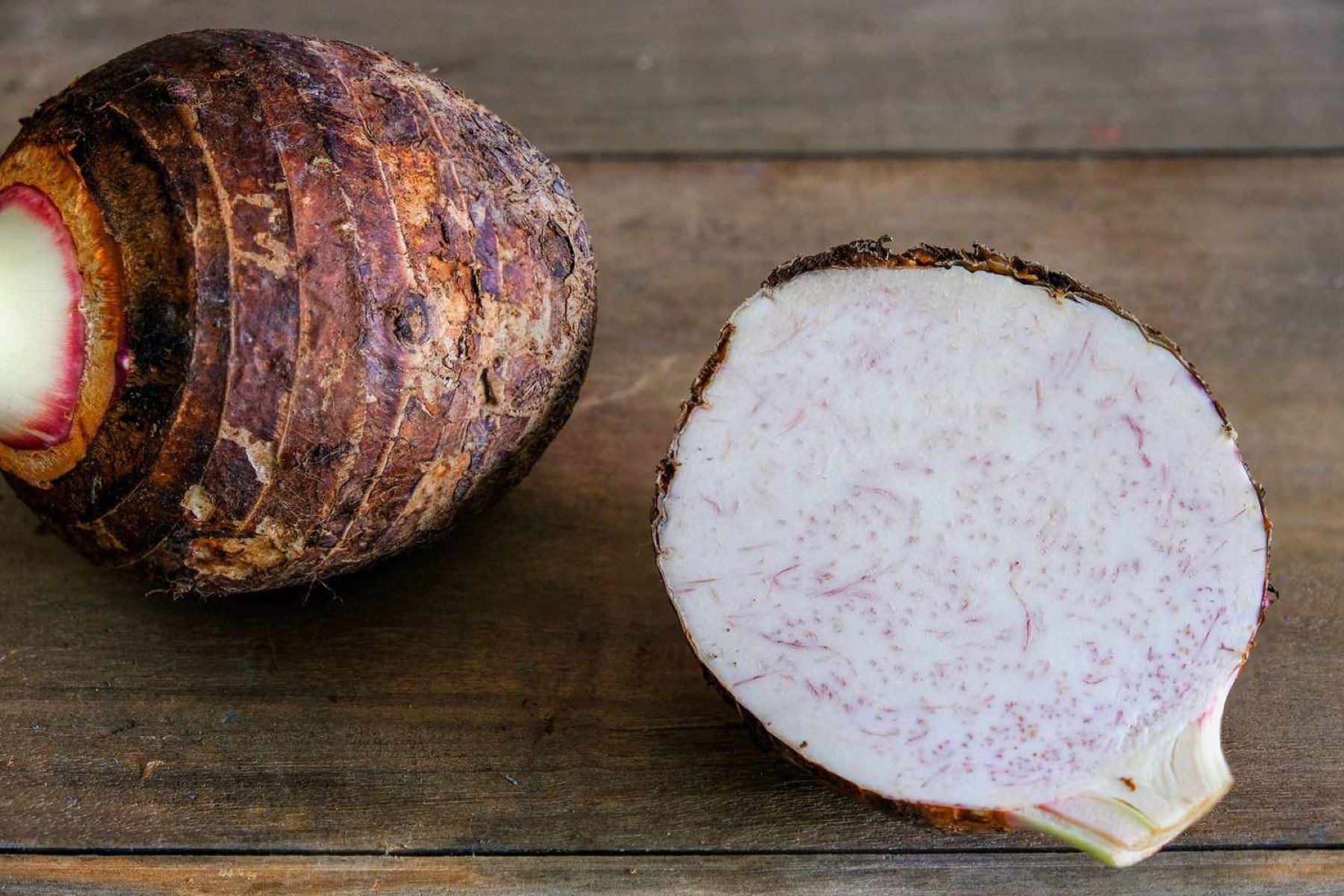
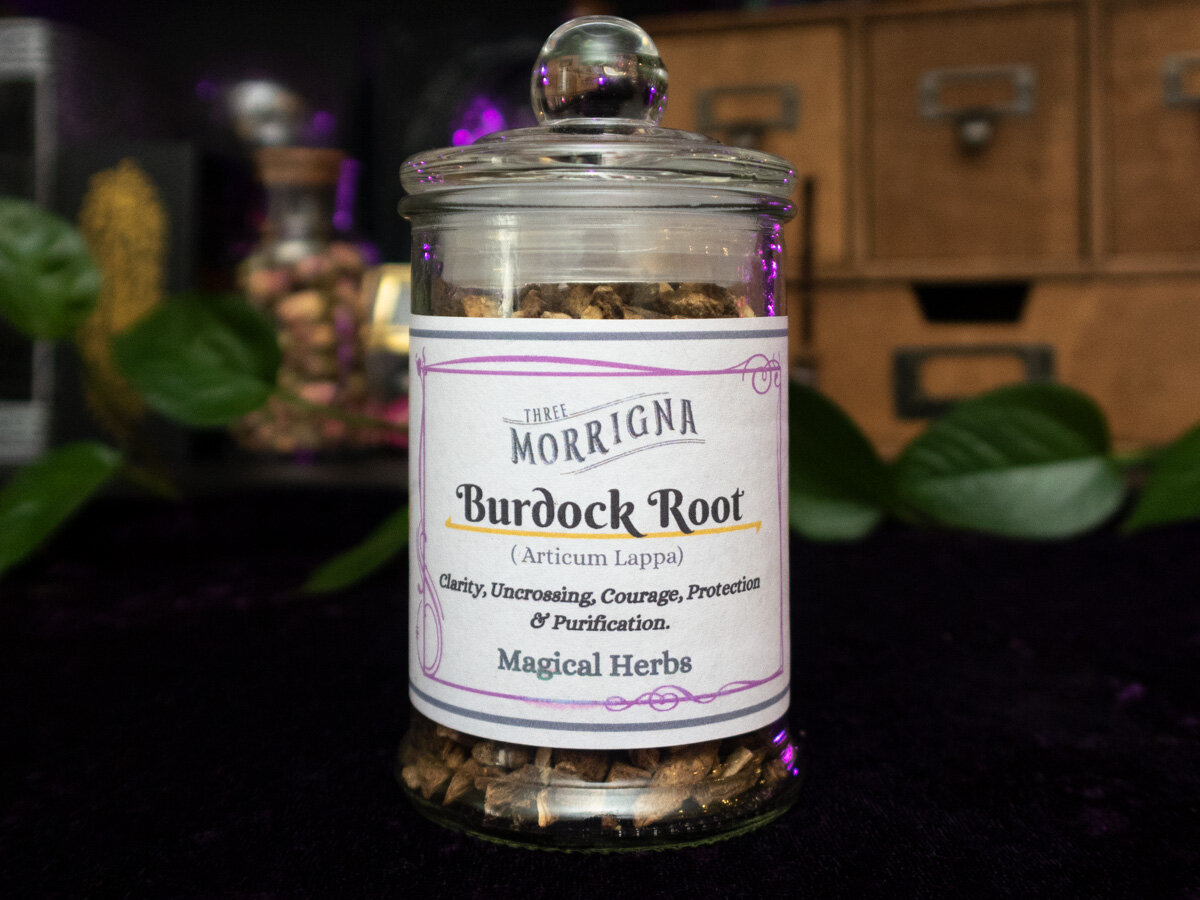
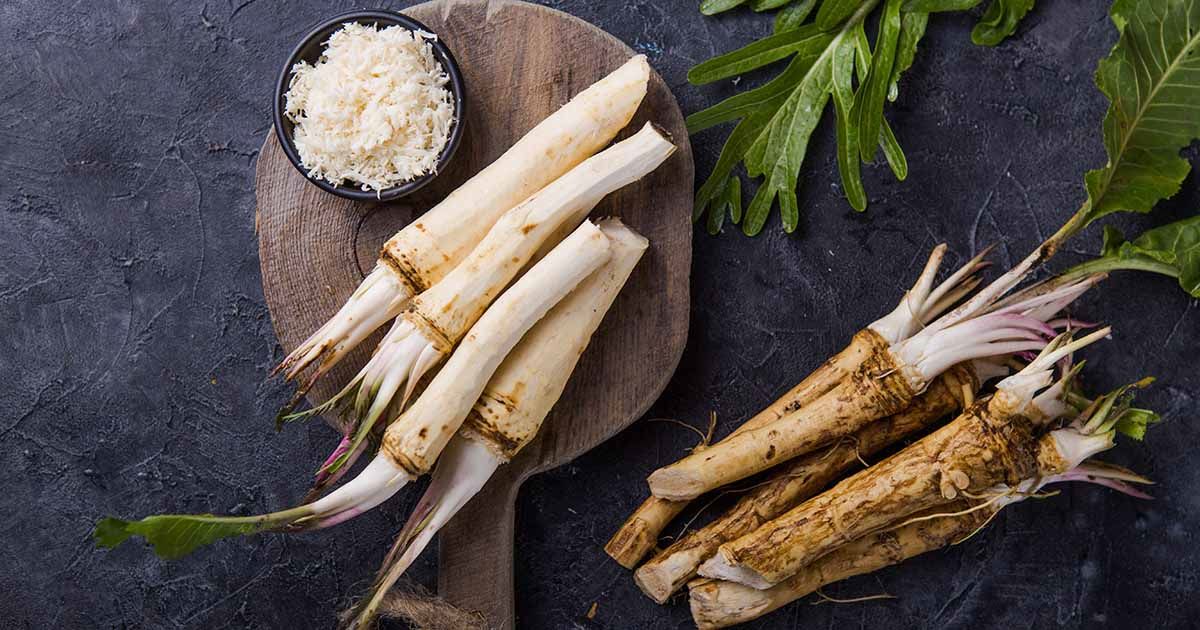
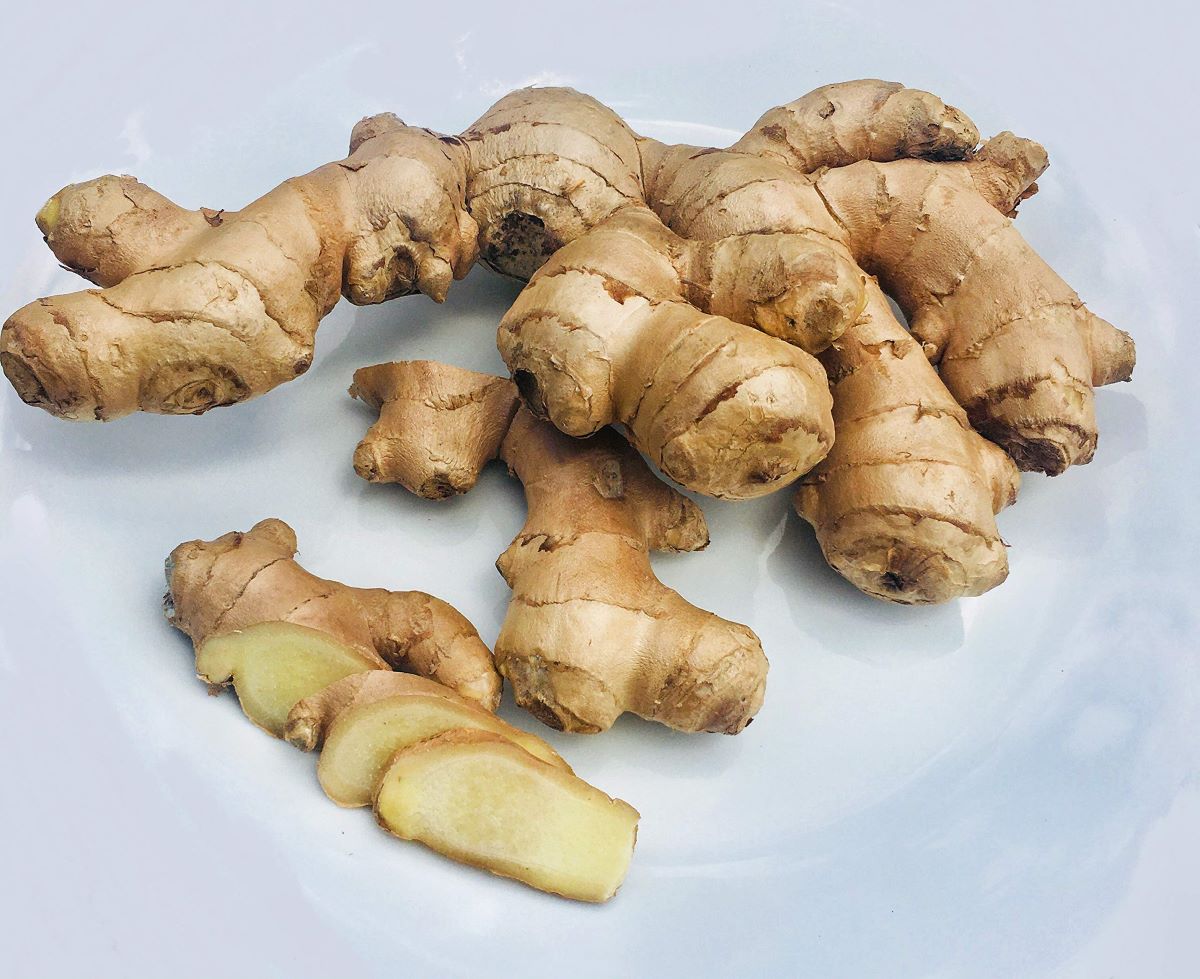
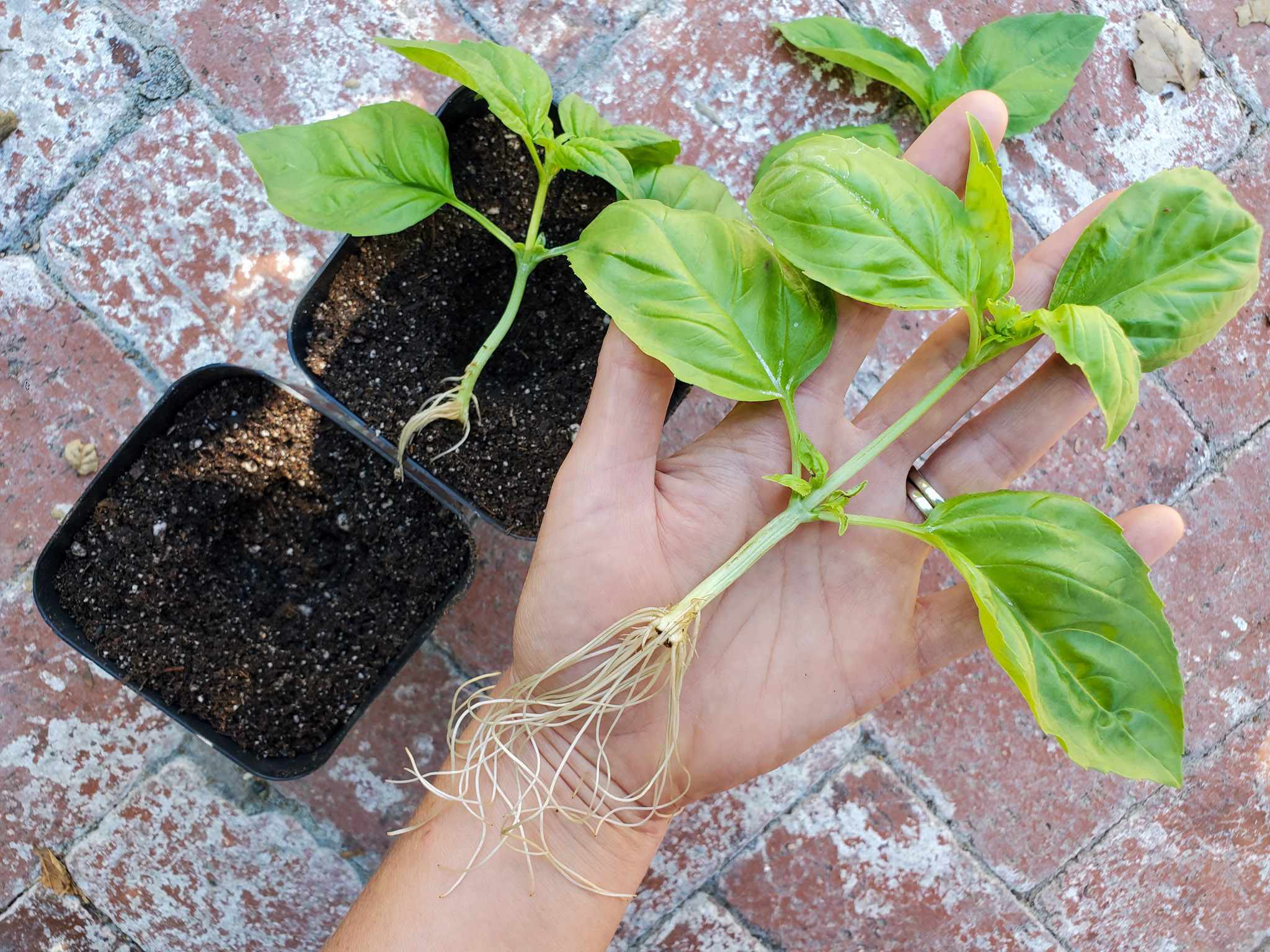
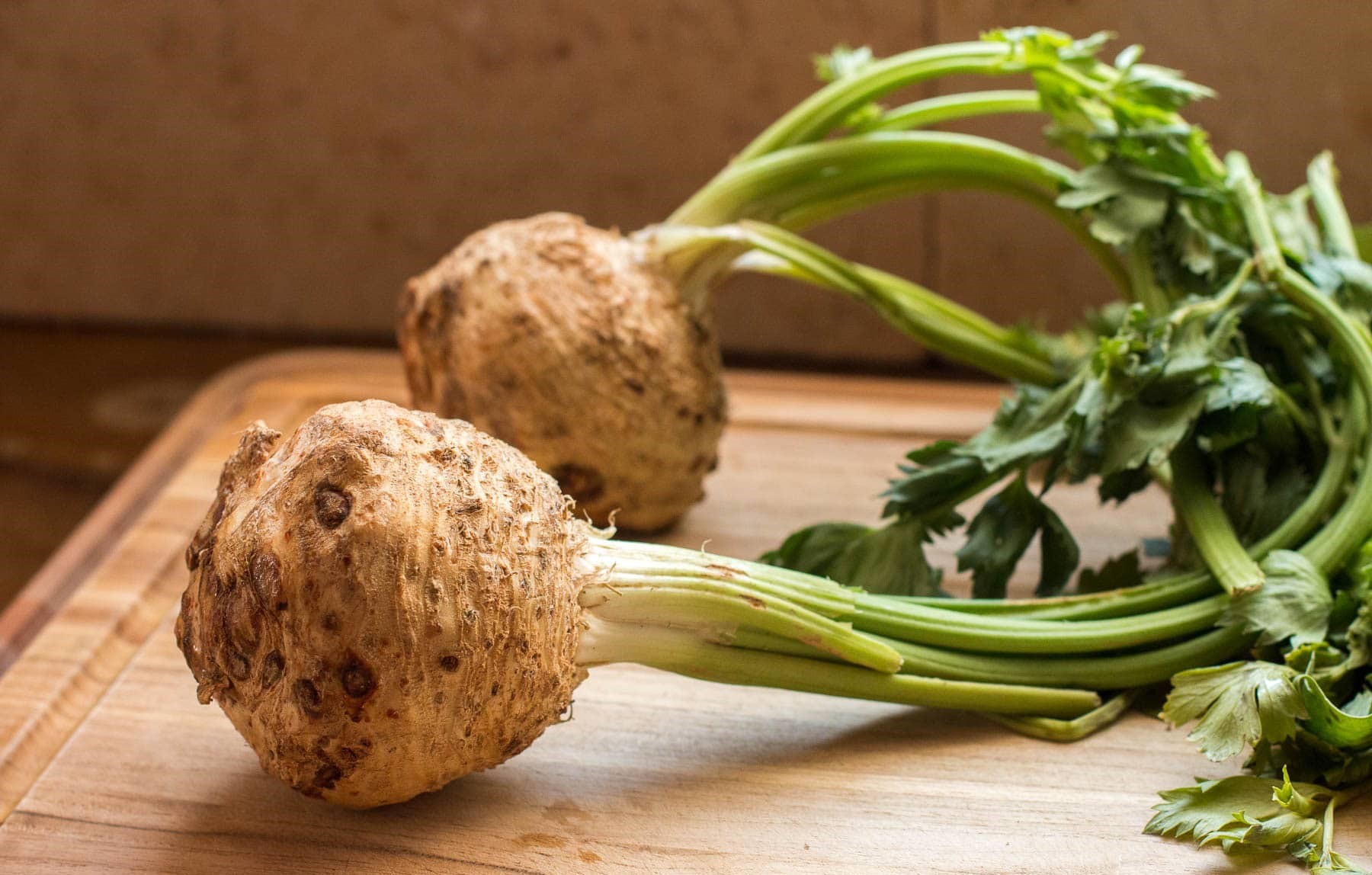

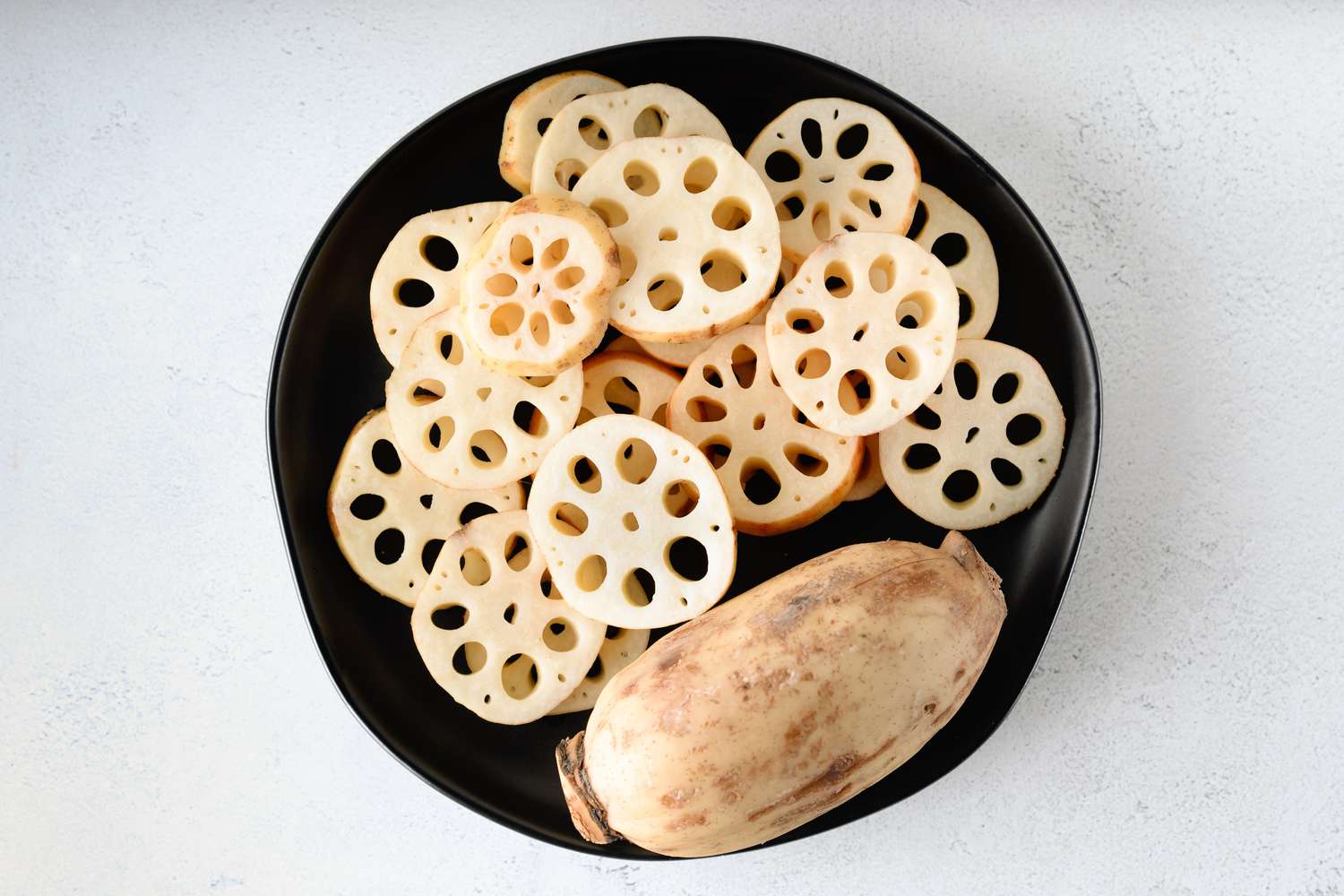



0 thoughts on “How To Store Turmeric Root”